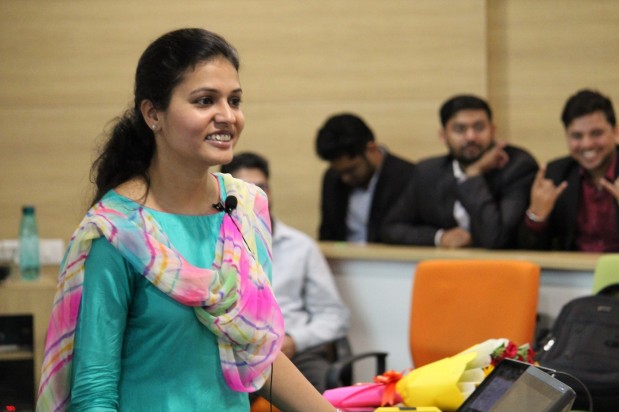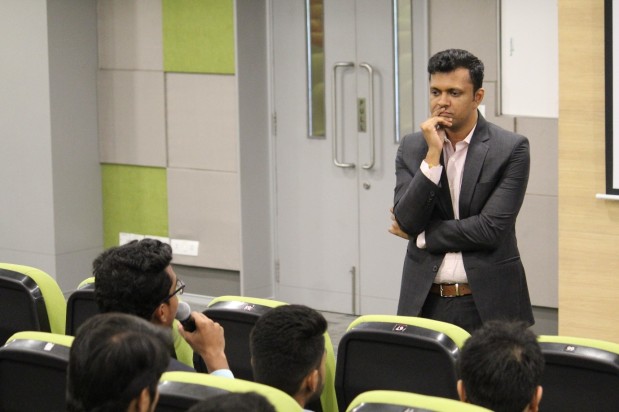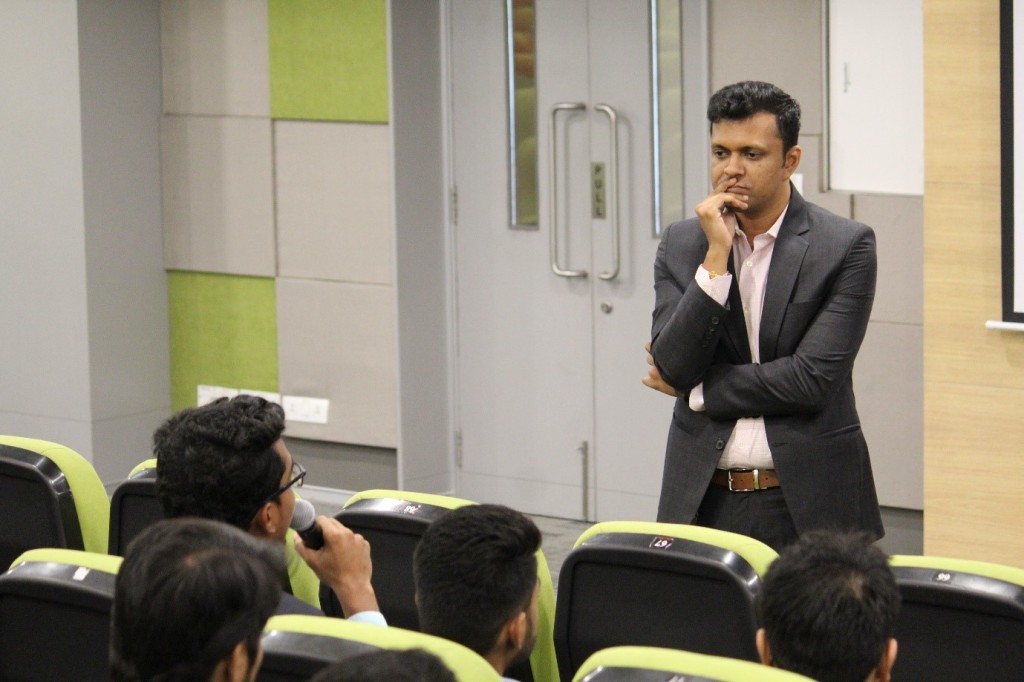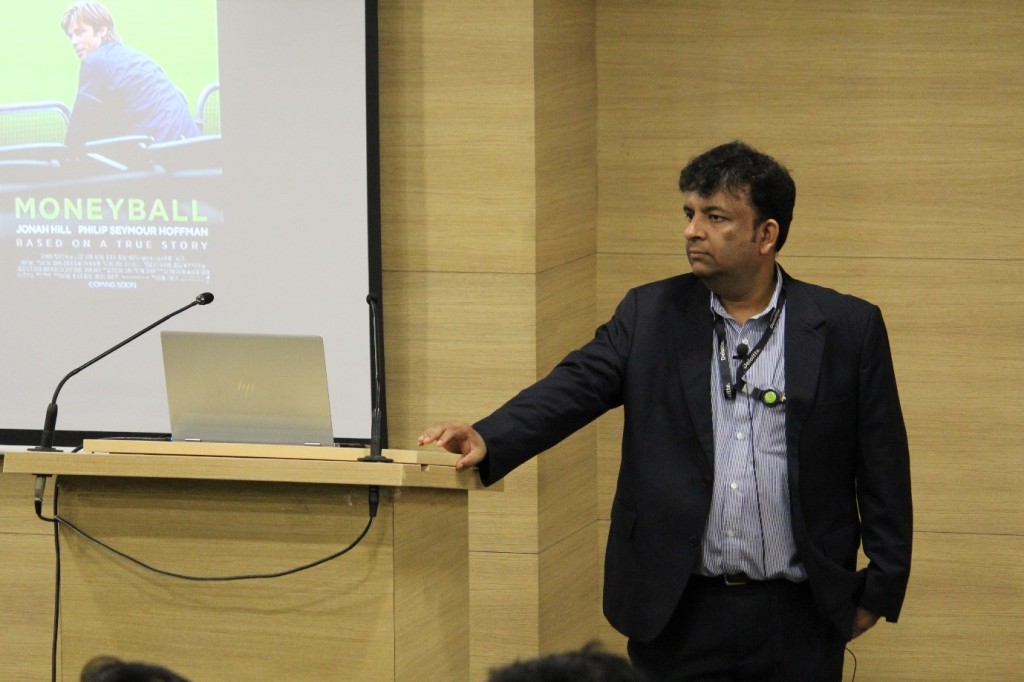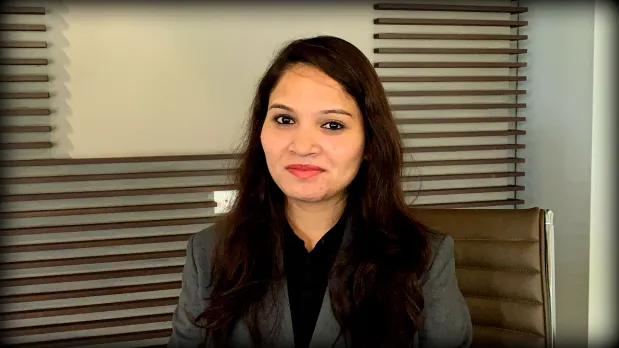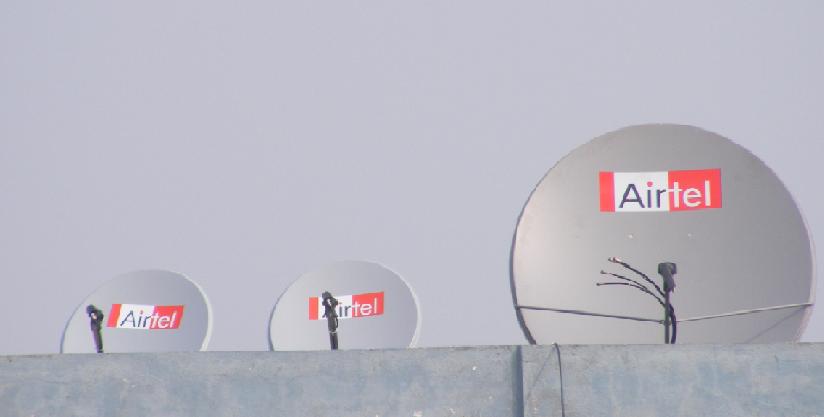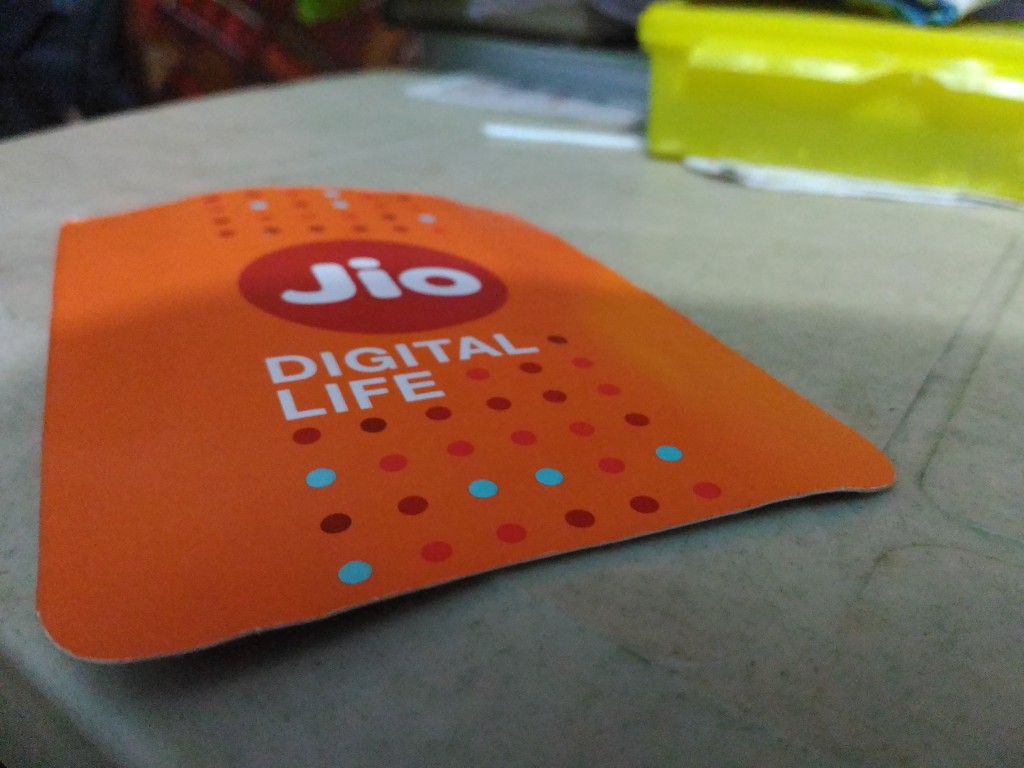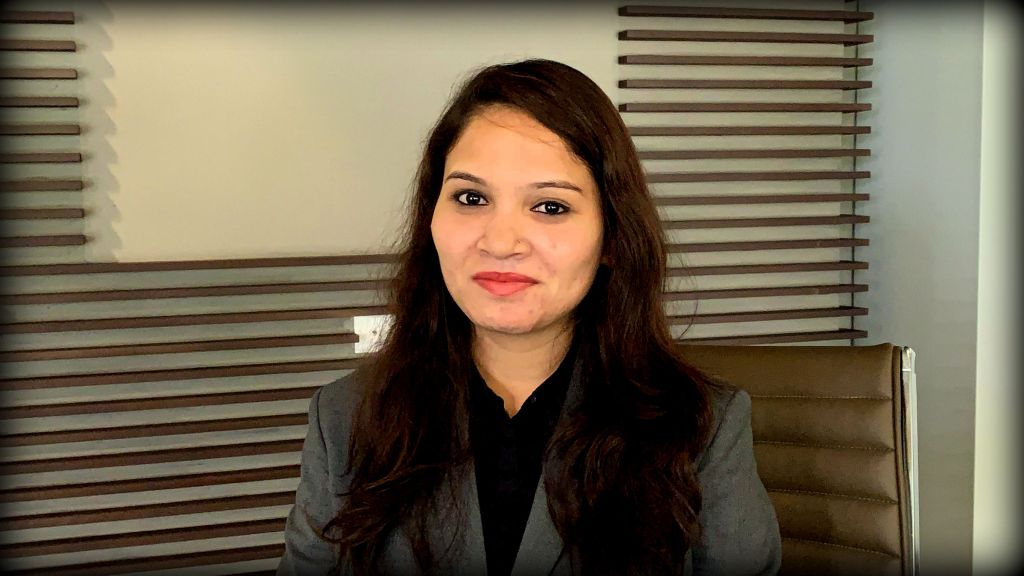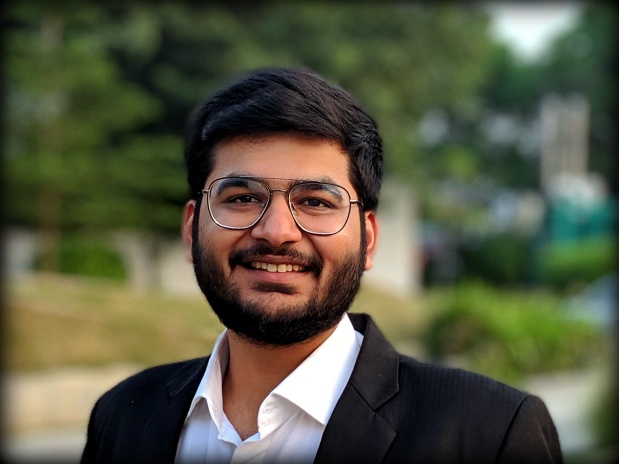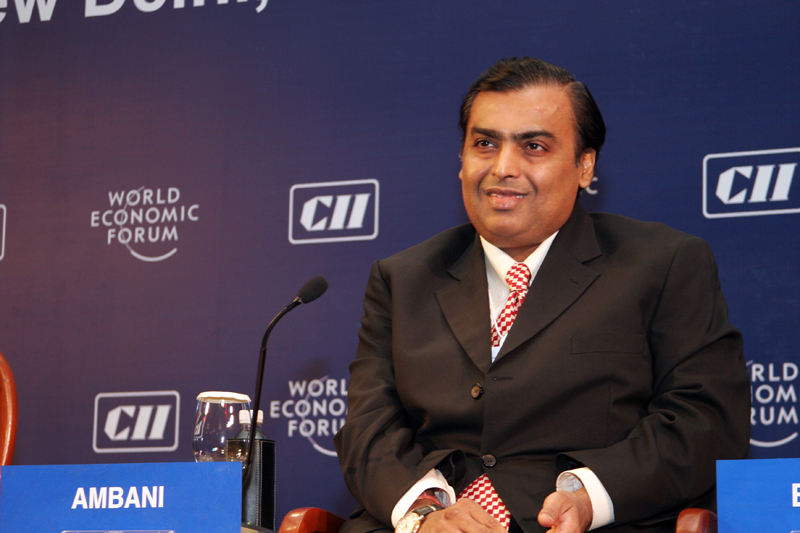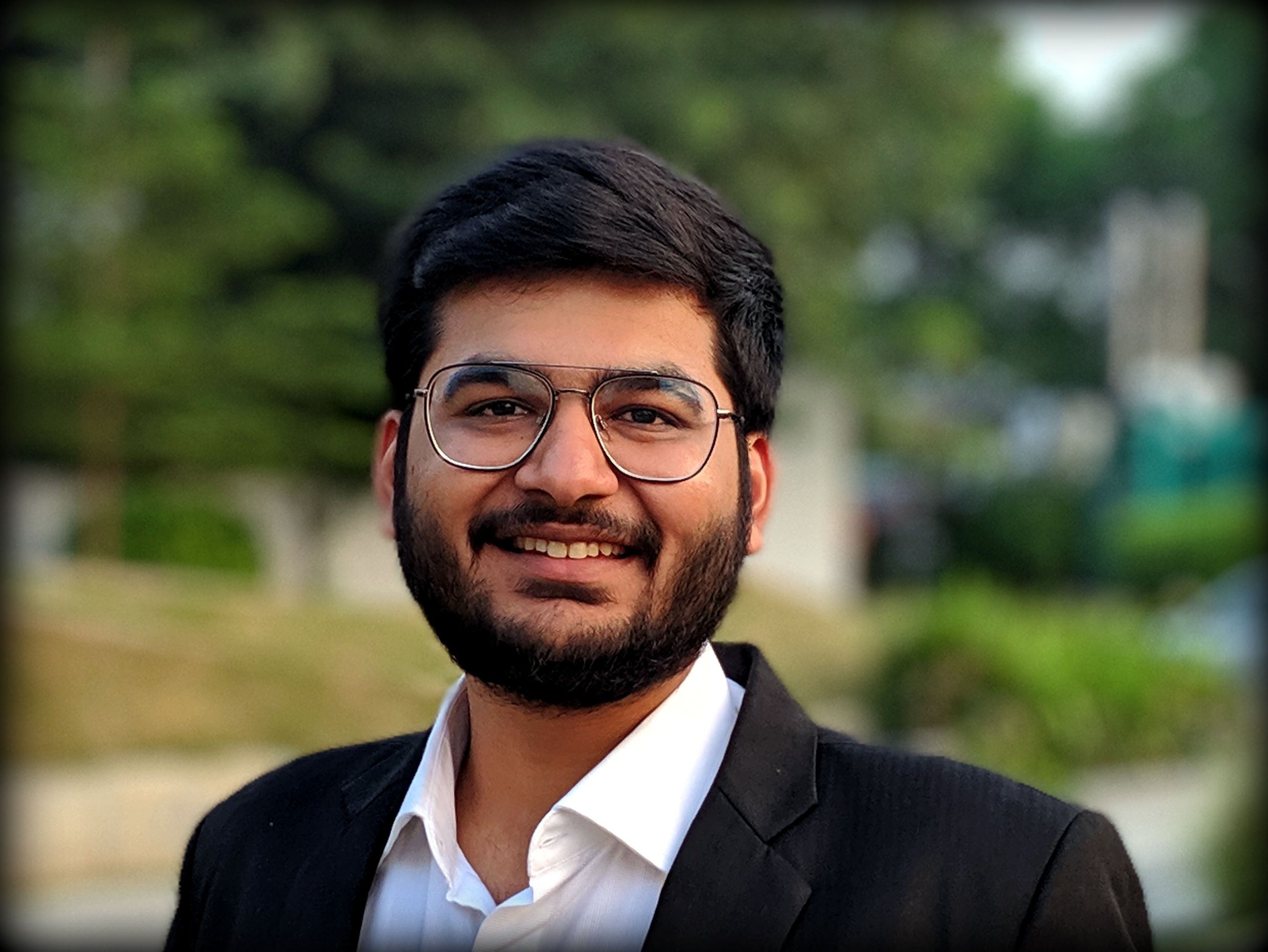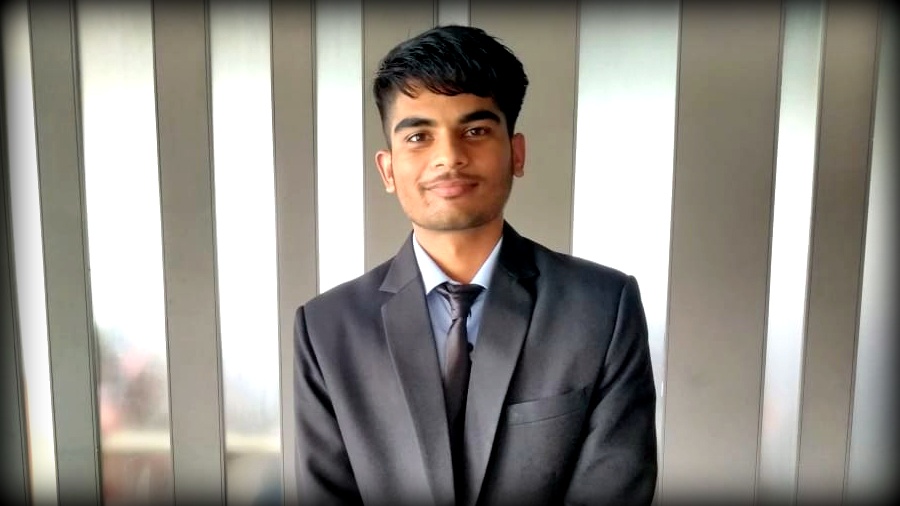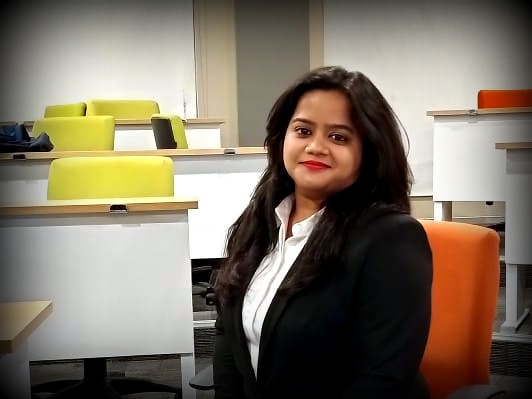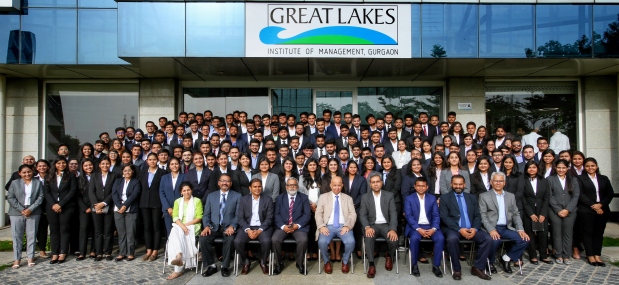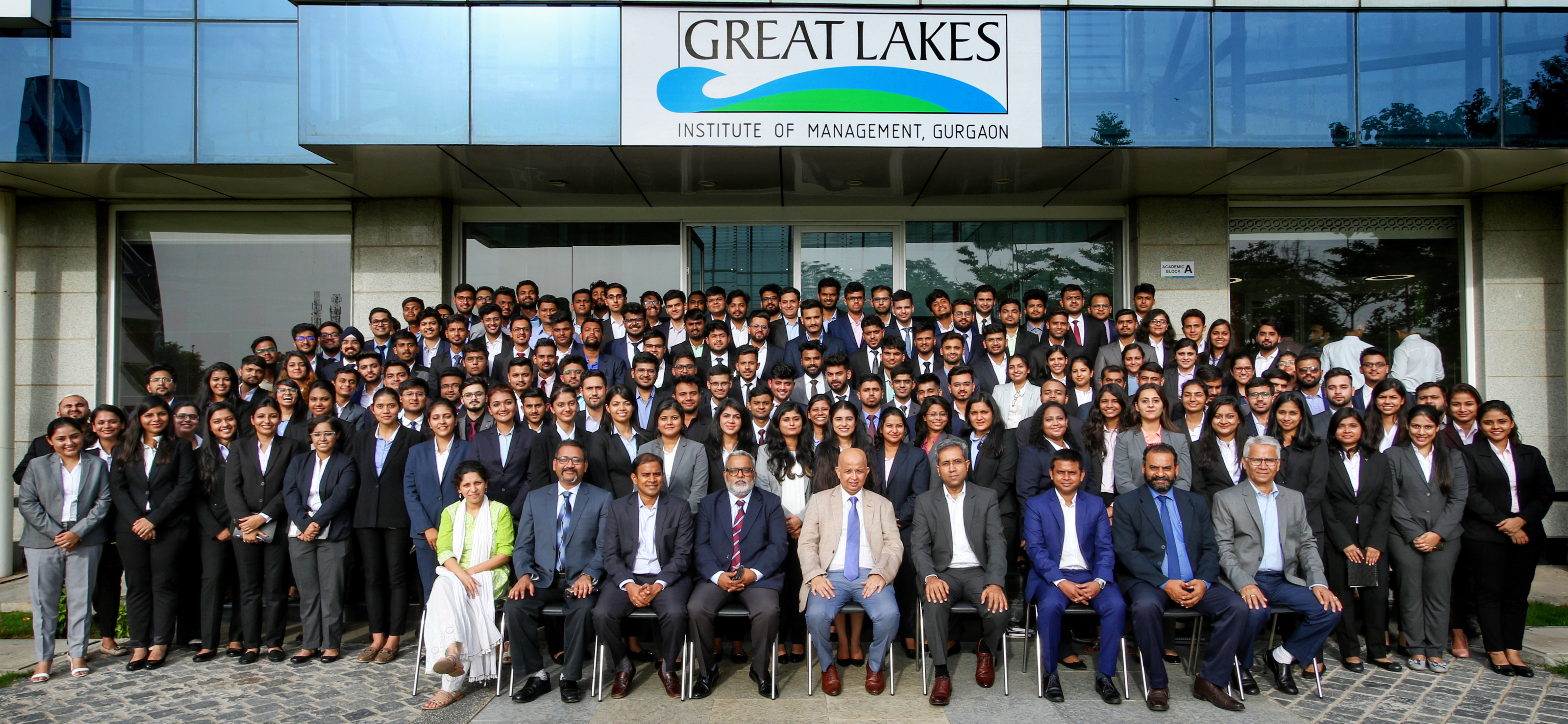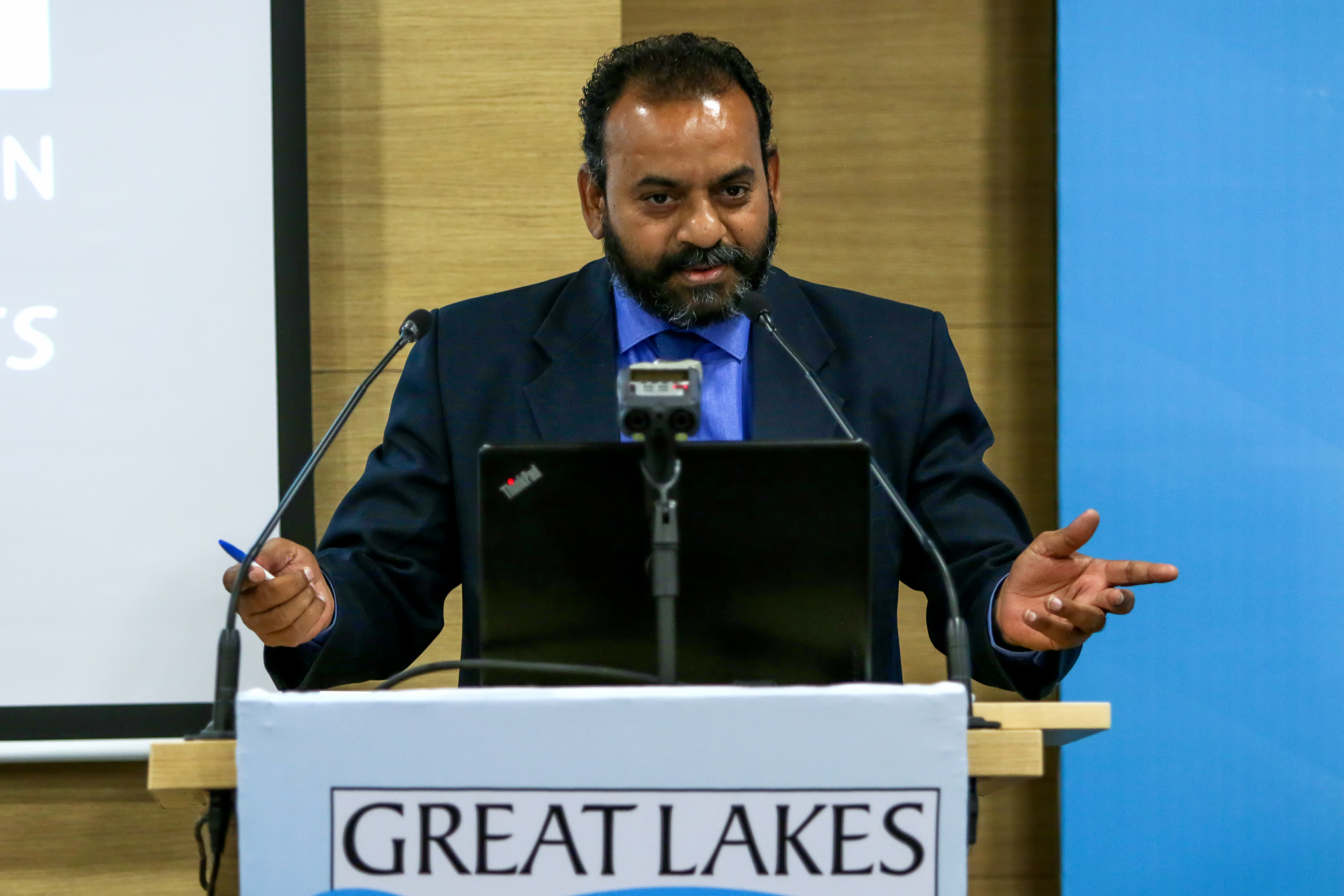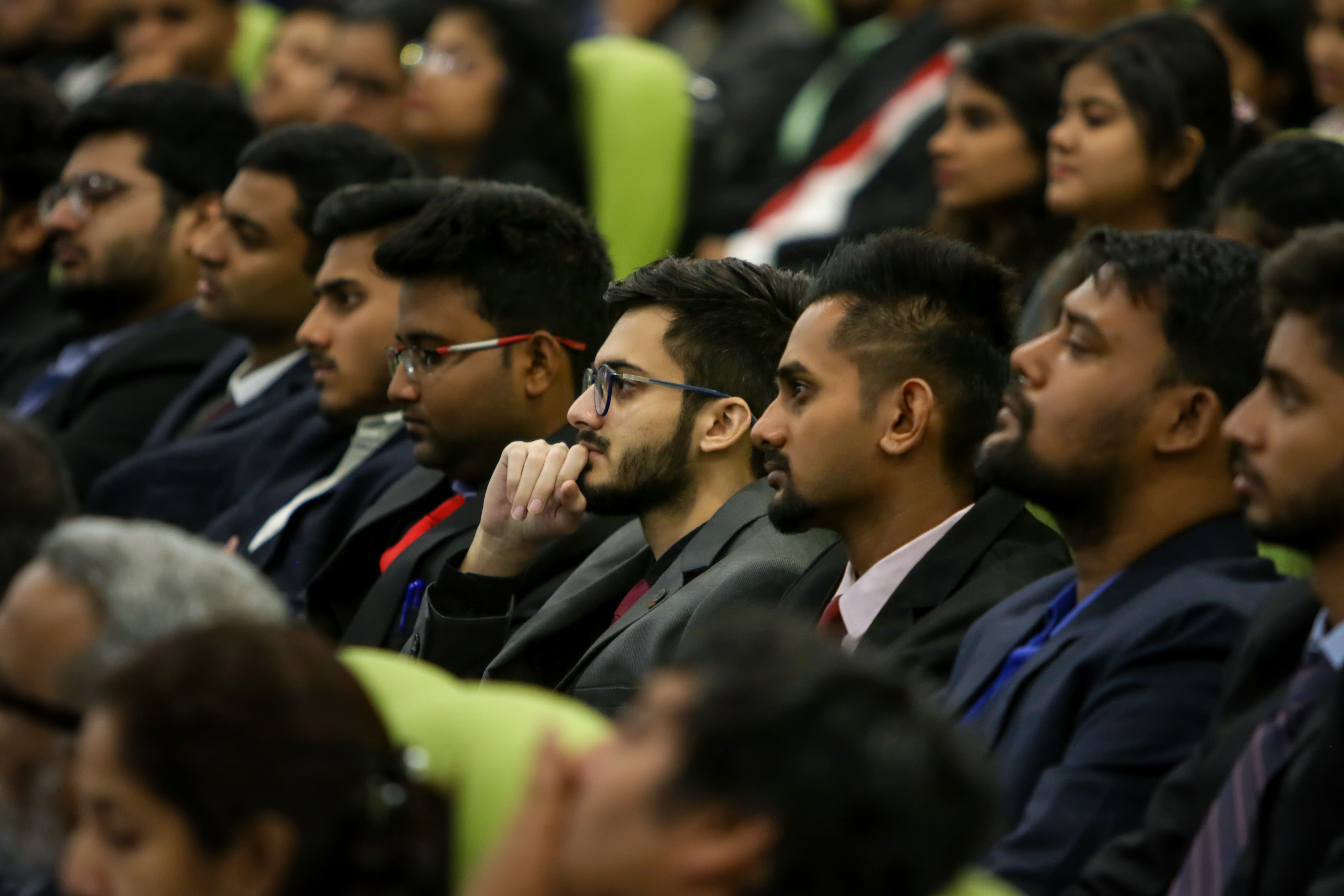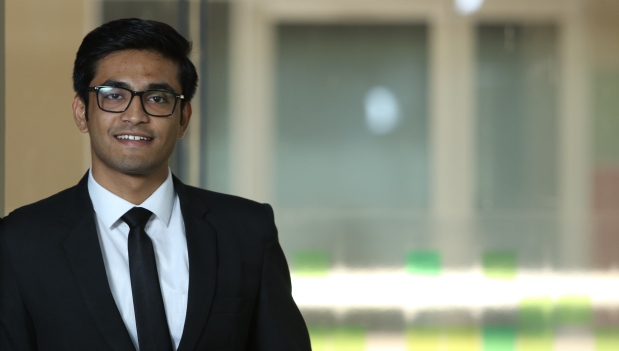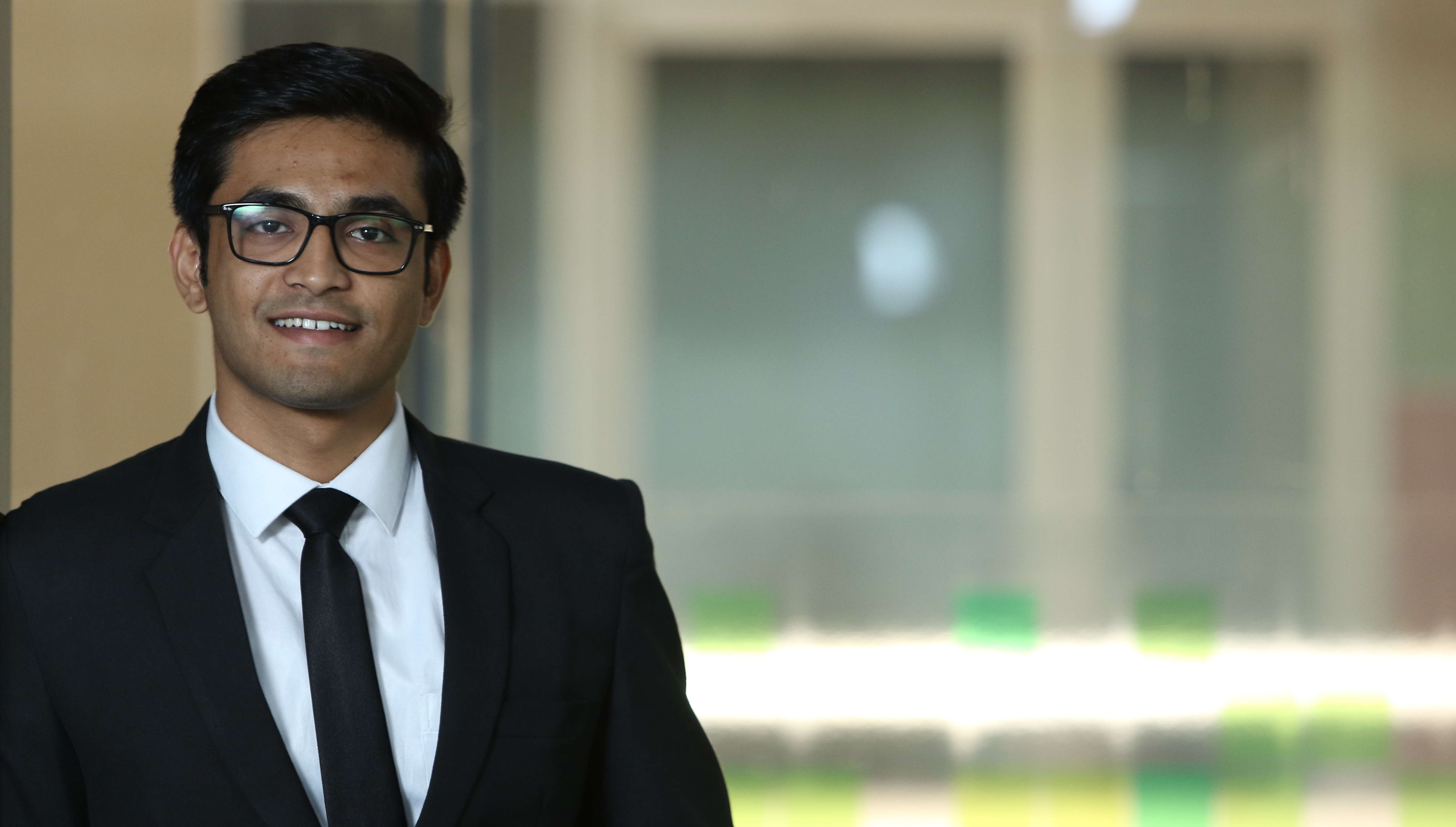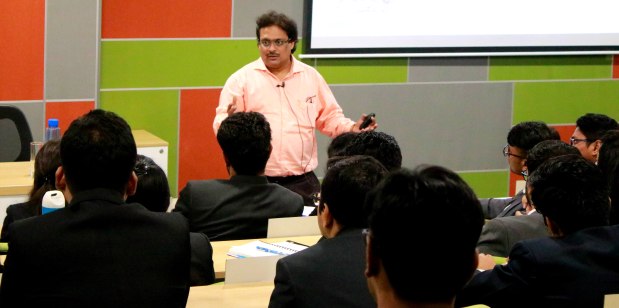The most beautiful thing about learning is that, “Nobody can take it away from you and that it is a constant ongoing process, not bound or restricted by the four walls of a classroom”. Curiosity and observation are the drivers of this incredible process of learning. This was the crux of the guest lecture delivered at Great Lakes Institute of Management, Gurgaon, on 31st August, 2019. Our beloved Jaguars were as always invigorated by the opportunity to learn more, as Ms. Aayushi Singh, National Key Accounts Manager (Modern Trade) – Hector Beverages, and Mr. Deepak Pandey, with more than 10-years of experience with Nestlé took the stage. With a razor-sharp agenda in mind, Ms. Aayushi and Mr. Deepak addressed the Jaguars to intimate and educate them about the intricacies of the adrenaline-rush filled field of “Sales”. They dived deep into the workings and career opportunities within this field.
Ms. Aayushi Singh, handles Business for the following Modern Trade Chains – Walmart, Future Group, Easy Day, Vishal Mega Mart, DMart, ABRL, Reliance Retail, Spencer’s, GPIL and Tesco (Star Bazaar) in Hector Beverages. She has worked as a brand manager with Paper Boat as well. She is an MBA graduate from FORE School of Management.
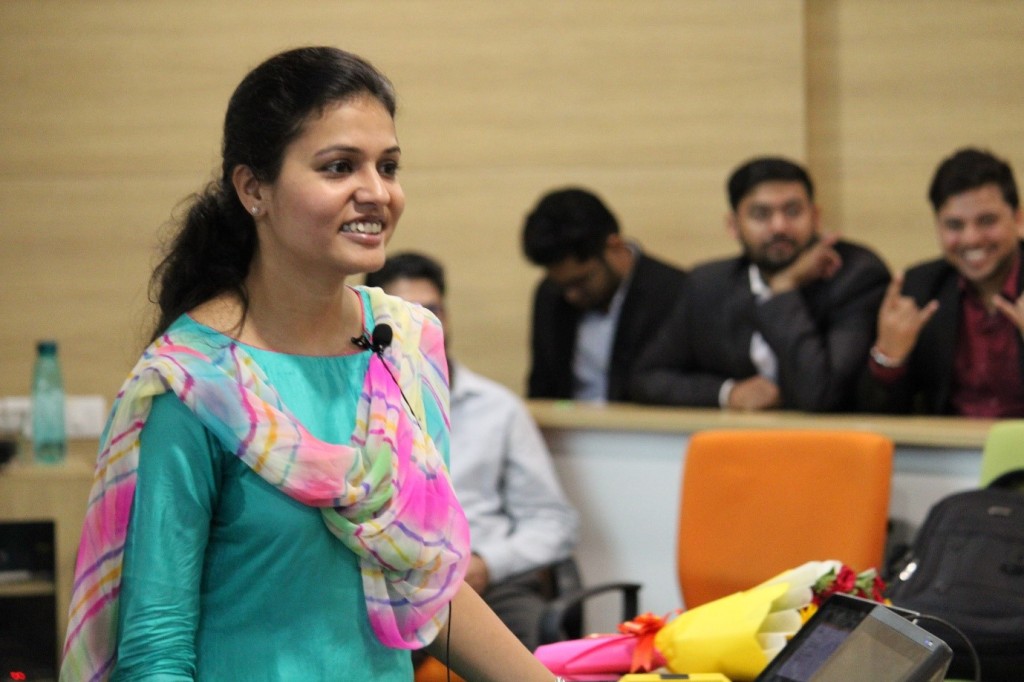
Mr. Deepak Pandey, carries expertise in Digital Transformation of Energy Management and Automation in Homes, Buildings, Data Centers, Infrastructure and Industries. He has also worked in Nestlé for over 11 years in various profiles like Sales Officer, Sales Executive, Sr. Area Manager and Senior Key Account Manager. He is an MBA graduate from IIFT, New Delhi.
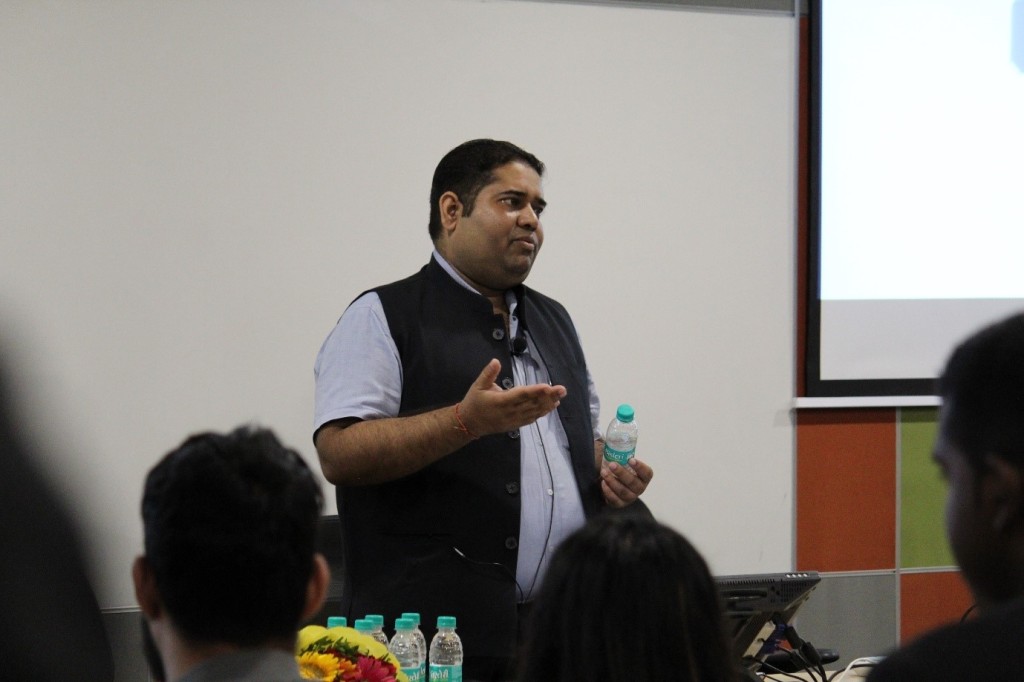
Mr. Deepak kicked off a session of learning with his experience with Nestlé and explaining the importance of sales as a career option by citing examples of Suresh Narayanan – Chairman & Managing Director, Nestlé India. He used numerous examples to drive home the importance of accepting the company you work for and how passion comes into picture. He then dedicated a lot of time to explain B2B and B2C sales, revealing the spider’s web and attempting to clear these two terms for our “Primed for Placements”, Jaguars. The reaction that followed was evidence enough to say, “Mission Accomplished”. He, then moved on to Sales Automation, where he explained how Sales Automation is the upcoming field for all the techies interested in sales. He explained how Sales Automation is vital for the companies and how costs are taken care of along with the advancement of technology. He strongly emphasized the importance of visibility in the sales process which can be achieved through Sales Automation. By touching upon the road ahead for sales he passed the mic over to Ms. Aayushi.
Ms. Aayushi, an extremely energetic, driven and passionate individual, was extremely relatable to the Jaguars as she had very recently begun her own journey in Sales and thus, she tried keeping the topic general, simple and yet quite insightful. Extracting a round of laughter from the crowd, Ms. Aayushi started off with a question, “How many of us are actually interested in Sales?” She went on to explain the qualities companies look for in a candidate seeking a career in Sales. She explained different challenges faced by her as she was a woman in a man’s world, choosing sales as her career. Everyone right from her family to her friends and colleagues tried to talk her out of this idea, but she came out on top and “sold” her ideas to them using her negotiation skills and thus proving she is well equipped for the same. She stressed upon how sales, the ultimate reason for the existence of a company is important and even people working in other domains should understand it as Sales is the only department that has multiple touch points to the end customer and this helps in developing strategies. She elaborated how sales as a career has changed her way of thinking and shaped her personal life for the better. Ending her talk with two of her go-to motivational videos, she opened the session for questions from the audience. A barrage of questions and answers followed, post which the Jaguars thanked the guests for their guidance, insights and their valuable time.
Written by:
Ms. Jaswinder Kaur, PGDM and Mr. Indrajeet Vadgama, PGDM Class of 2020 “Jaguars”
Great Lakes Institute of Management, Gurgaon

